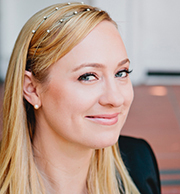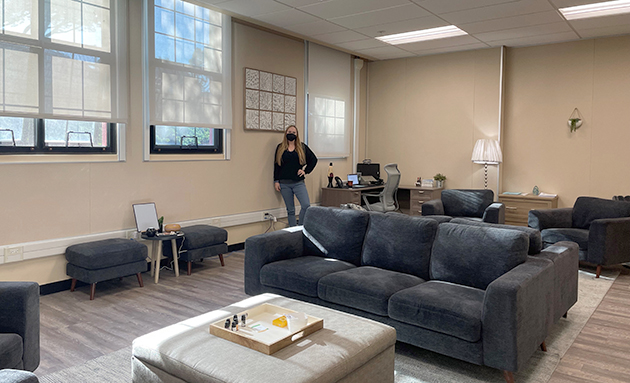
A Model for Supporting Student Trauma and Mental Health in Schools
By Rachel Andrews | March 2022
 As the mental health and wellness counselor at Redondo Union High School in the Redondo Beach Unified School District (RBUSD), I was recently promoted to facilitate a program designed specifically to address the mental health needs of our students within a comprehensive framework. This program was launched in August 2021 and is showing some promising results. Below are some links that may help you get started.
As the mental health and wellness counselor at Redondo Union High School in the Redondo Beach Unified School District (RBUSD), I was recently promoted to facilitate a program designed specifically to address the mental health needs of our students within a comprehensive framework. This program was launched in August 2021 and is showing some promising results. Below are some links that may help you get started.Today, we know all too well the rising student mental health needs. The State of Student Wellness Report, authored by Amir Whitaker, Ed.D., of ACLU California Action and Caroline Lopez-Perry, Ph.D., of California State University Center to Close the Opportunity Gap (CCOG), has sounded some alarm bells, revealing that a significant number of California students are experiencing severe mental health symptoms including, “63 percent of students experiencing a recent emotional meltdown and 45 percent of students reported feeling depressed.” The report further shows that only 17 percent of students surveyed received mental health services at school. California policymakers understand and are taking decisive action including allocating grant funding through the California Community Schools Partnership. I want to share the comments of the RBUSD model, and what I have learned in creating a strong community–school partnership, where school counselors serve as the glue between the two worlds.
A long-time proponent of the school-community partnership is RBUSD Superintendent Steven Keller, Ed.D. Prior to my beginning in this position, Keller led the district in creating a strategic plan to support student mental health. RBUSD launched a wellness center on campus (pictured below) and sought a coordinator who was both licensed as a mental health provider and had a Pupil and Personnel Services credential. I was honored to be chosen for this role. Being trained in clinical counseling helps me support diagnosis and treatment, while as a PPS provider, I know the inner workings of the school system. The beauty of this model is that it combines the clinical world with the world of school. The most important piece is that I can be instrumental in mobilizing a team that triages services to meet student needs at any given time.

As I said earlier, this is all new for us, and I am learning as I go. Here are some helpful community–school partnership tips I have learned so far:
Referral Process
Students are referred to the Wellness Center in a variety of ways. School-wide social/emotional assessments help counselors pinpoint students who need more support. School counselors help students sign up to see someone in the Wellness Center by filling out our online form. I then meet with the student and triage the level of counseling support they need.
School-Based Services
Our district partners with South Bay Children’s Health Center, which provides free, short-term, school-based counseling services with a licensed mental health therapist, funded through grants and donations. We also contract with Clear Recovery, a local mental health and substance use recovery program. These therapists come to our high school every day and operate out of designated spaces on campus. For a student to see a therapist, a school counselor obtains a signed permission slip from parents, then I assign the student to a therapist and collaborate with the mental health providers to align services within the school day. Students selected to receive services are often struggling to find a mental health provider in their community, or are reluctant to take that step. The Wellness Center process acts as a bridge, helping students see the value of mental health support and providing it for those who have limited access.
Helpful Resources
Once finished with school-based treatment, I liaise with outside therapists and community agencies, and utilize Care Solace, a statewide program that links families to vetted local community providers who match insurance plans and the type of mental health support needed. I also direct students to South Bay Families Connected, a free one-stop shop for student and parent social/emotional resources, and The Child Mind Institute, an organization that helps the community understand more about youth mental health.
Now, more than ever, we need to share our resources and best practices. As I learn more about this process, I hope to serve as a resource for other schools and districts that are looking to build a similar school–community partnership to address student mental health and well-being. I am grateful that our district understood the value of hiring me for this role, bridging the two worlds together to help kids most effectively.